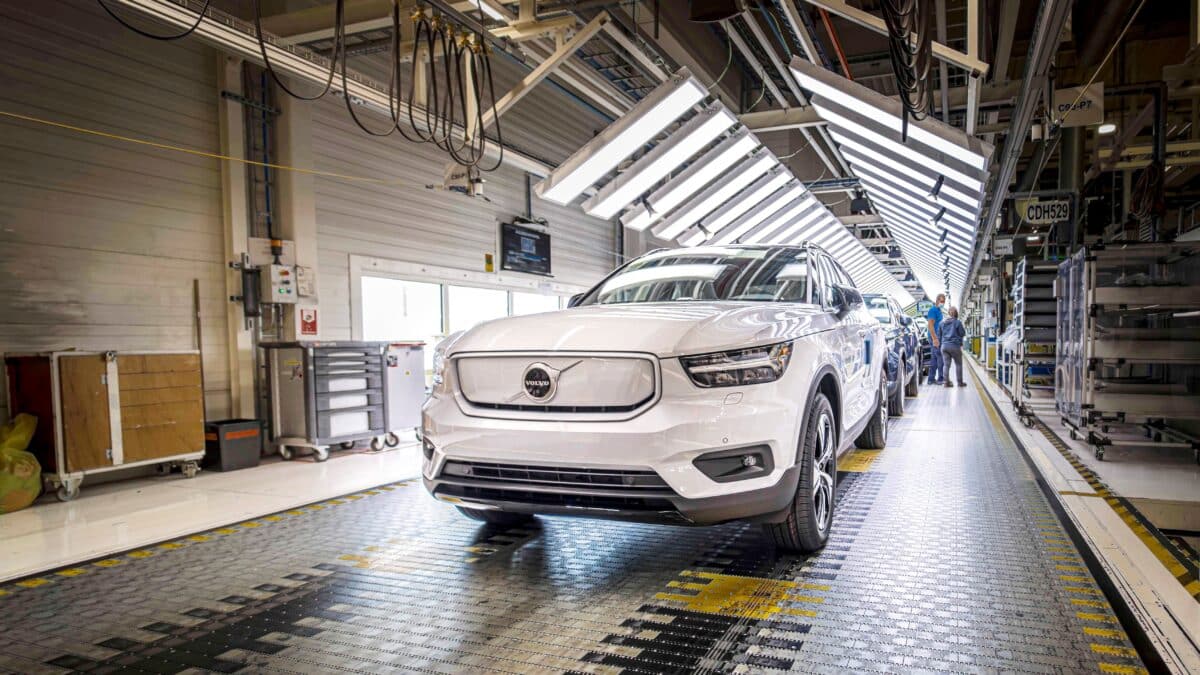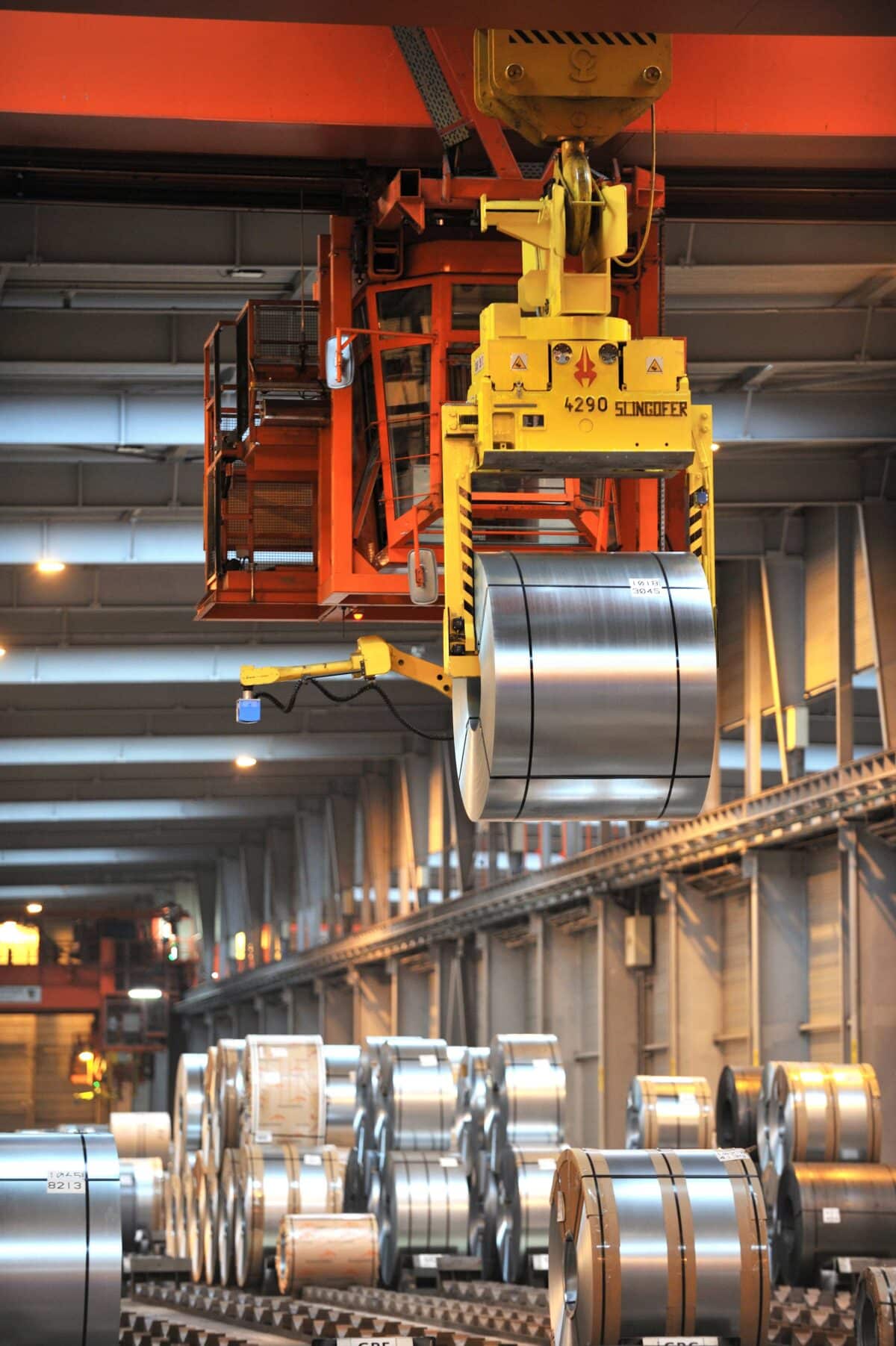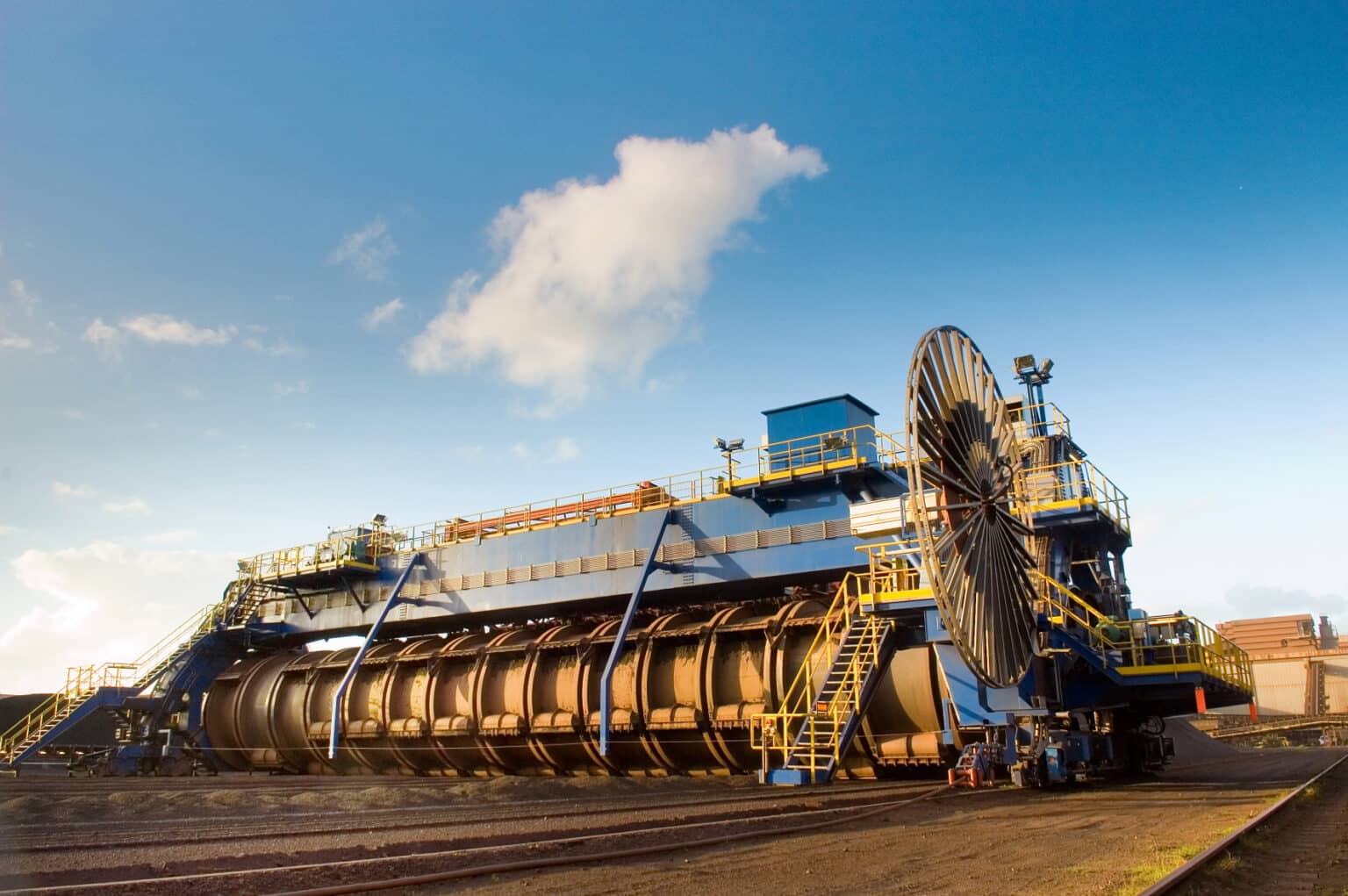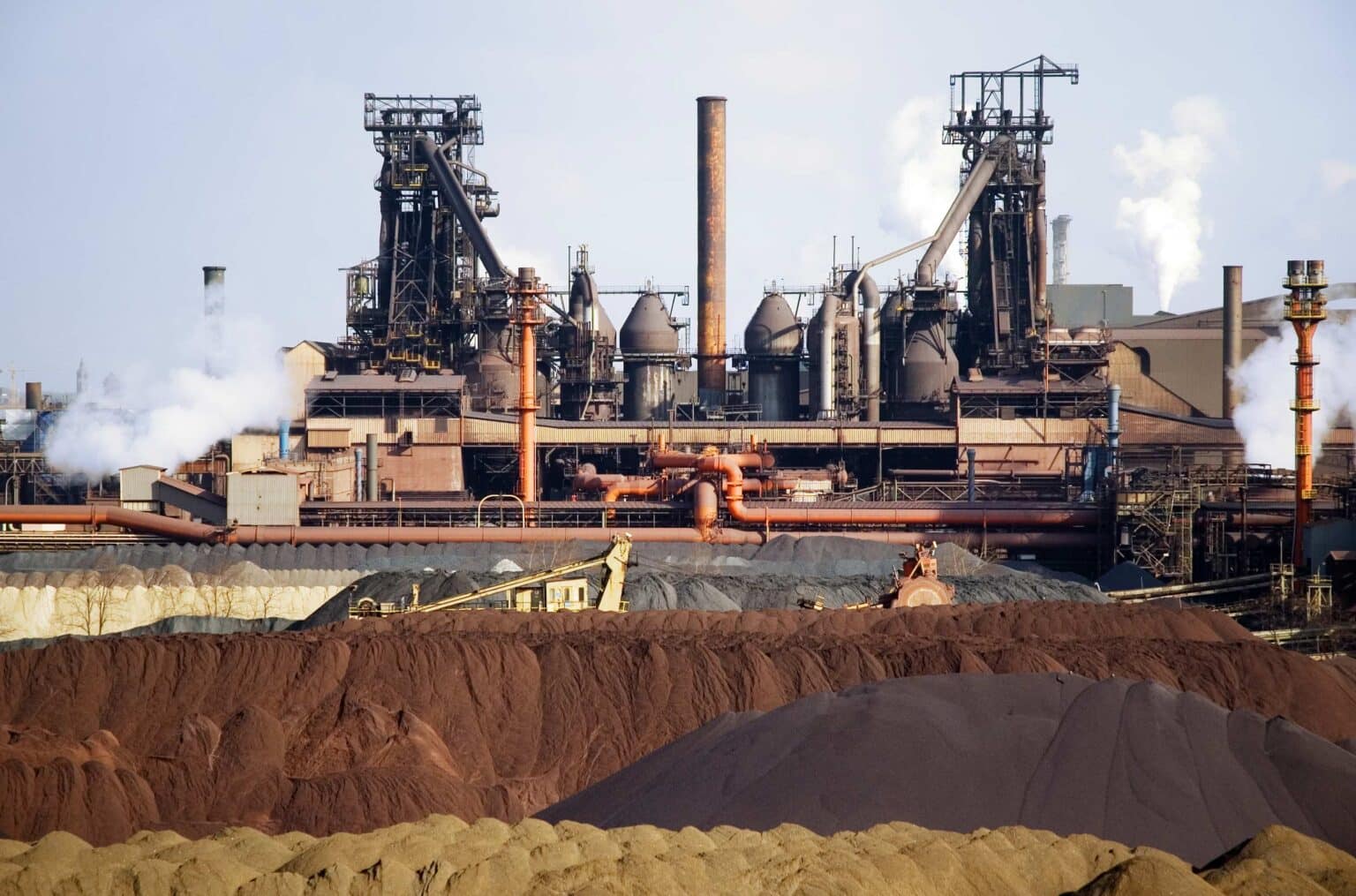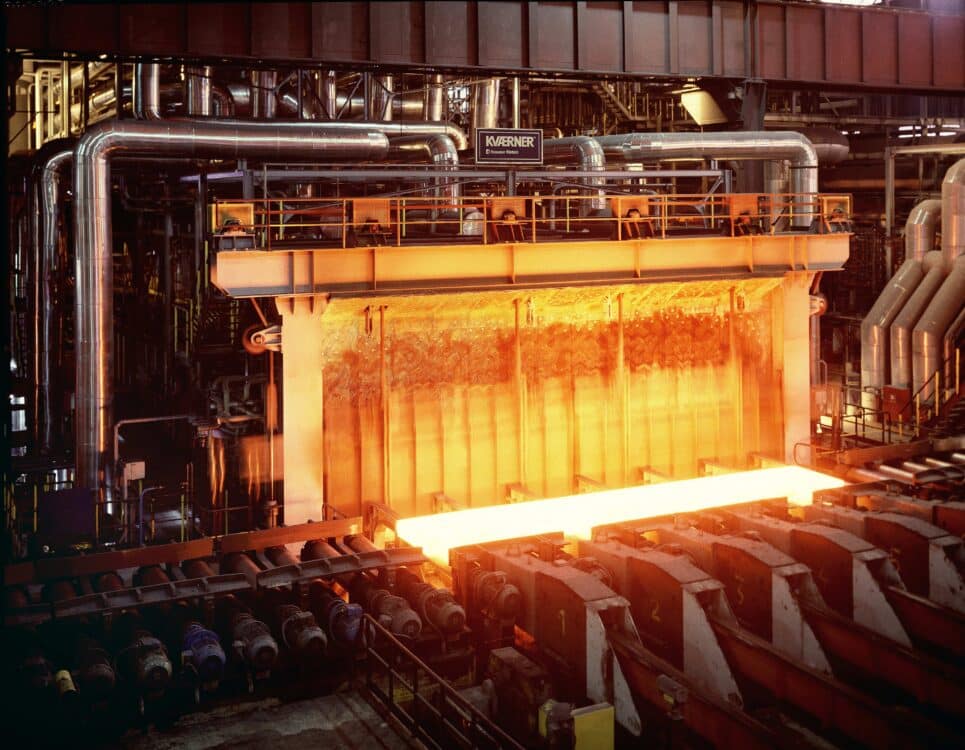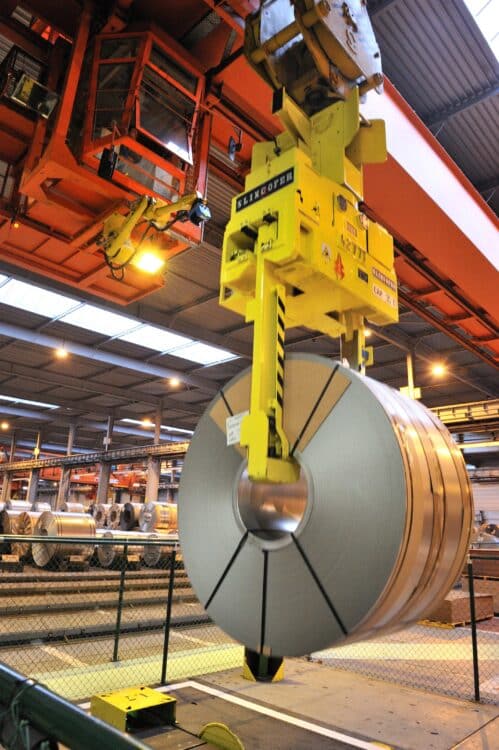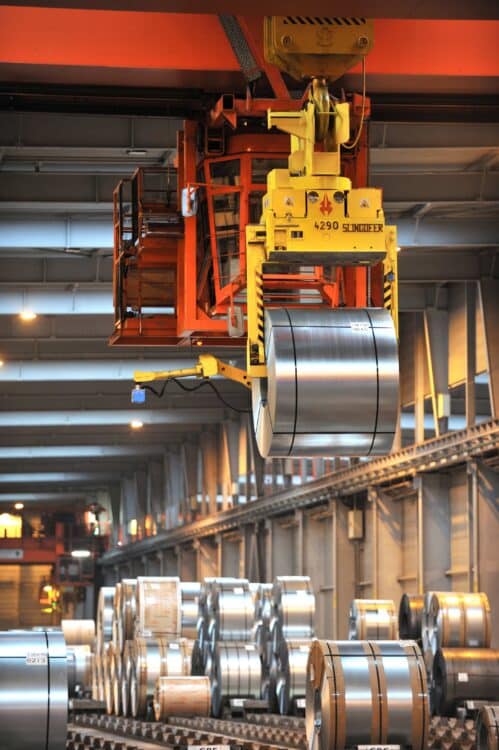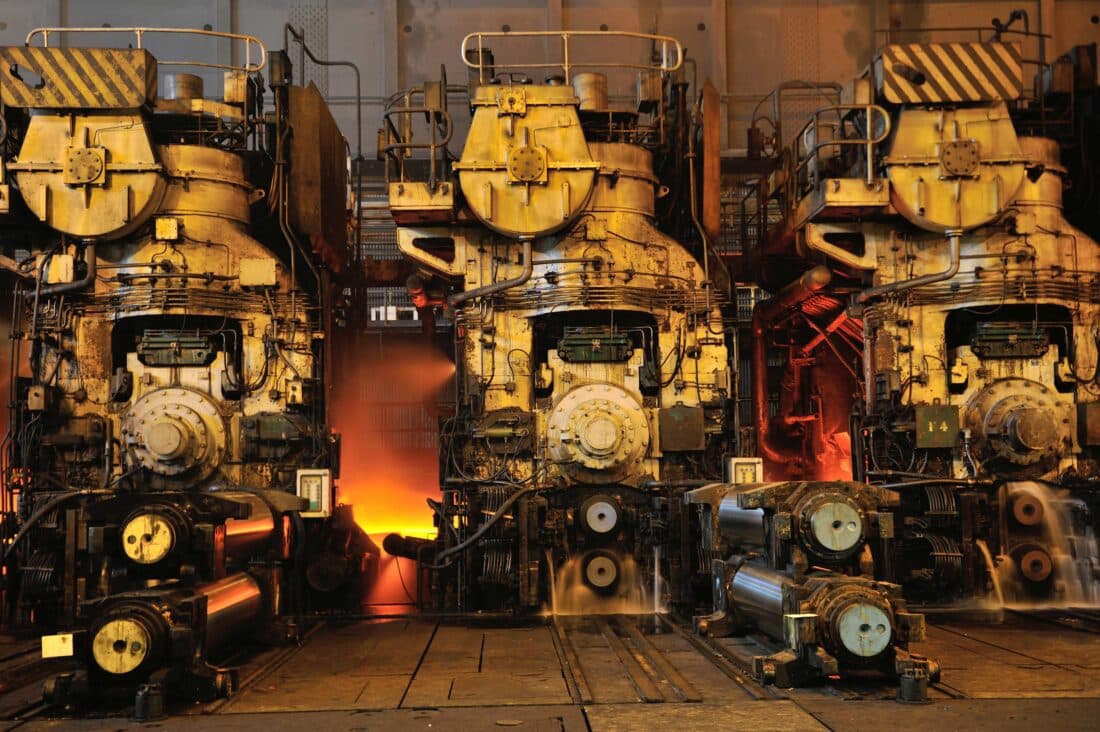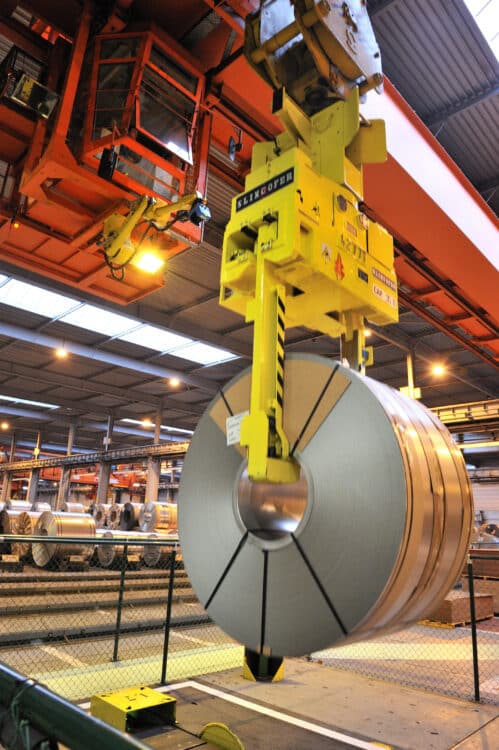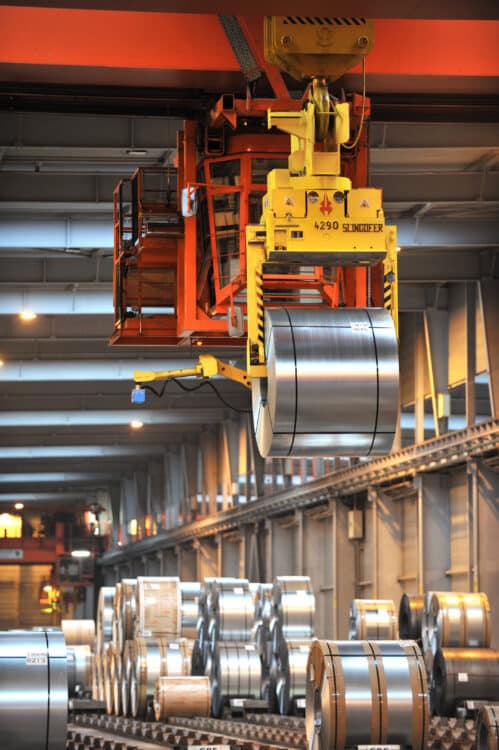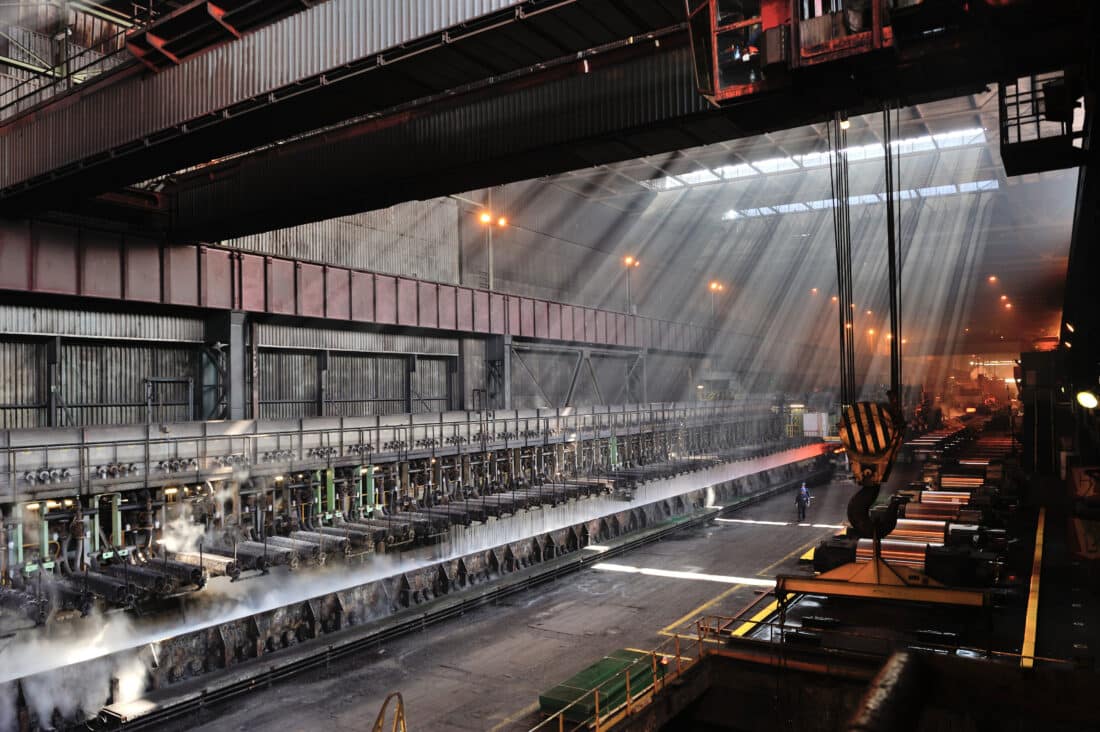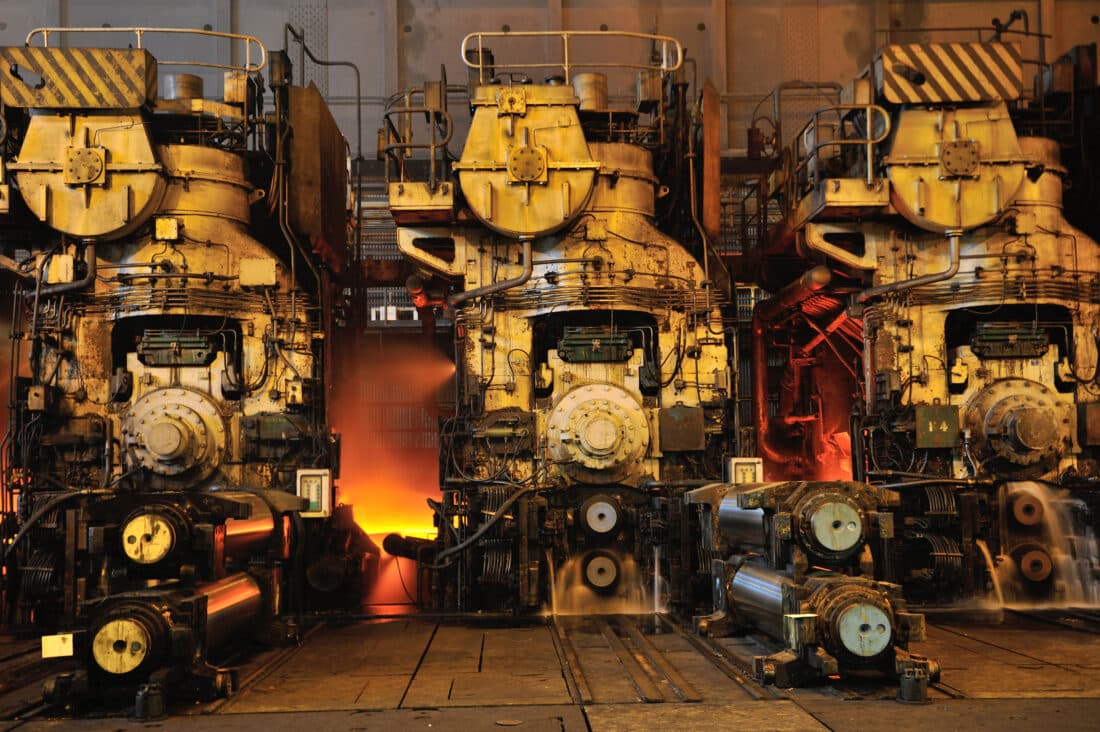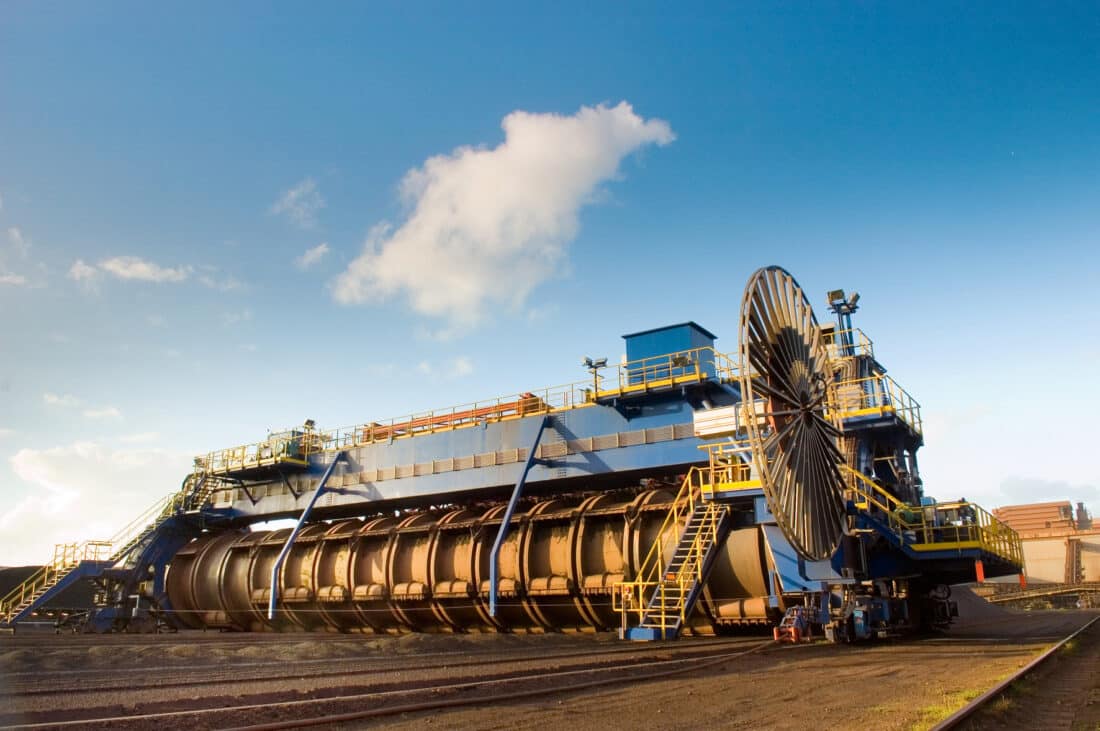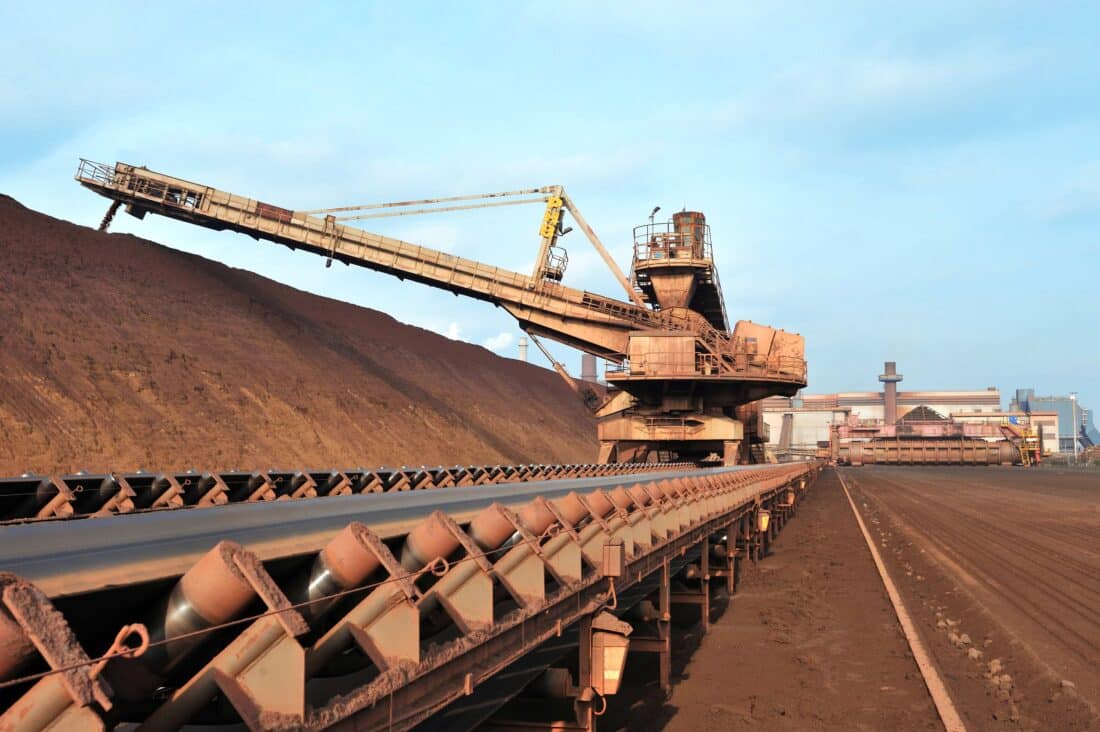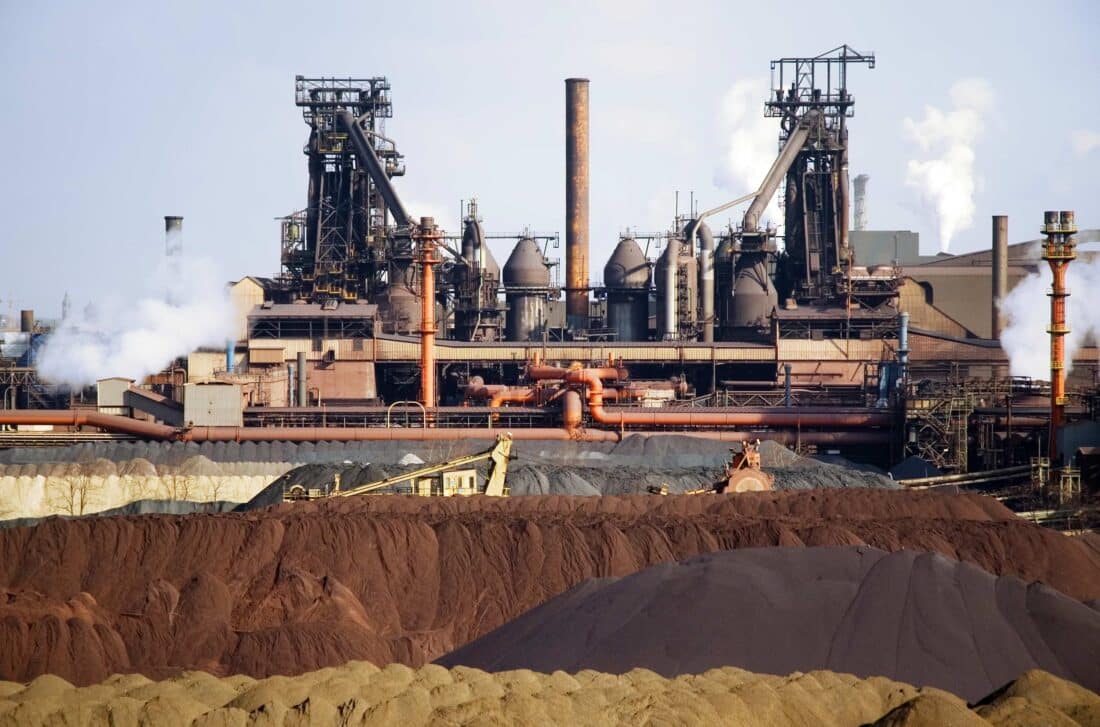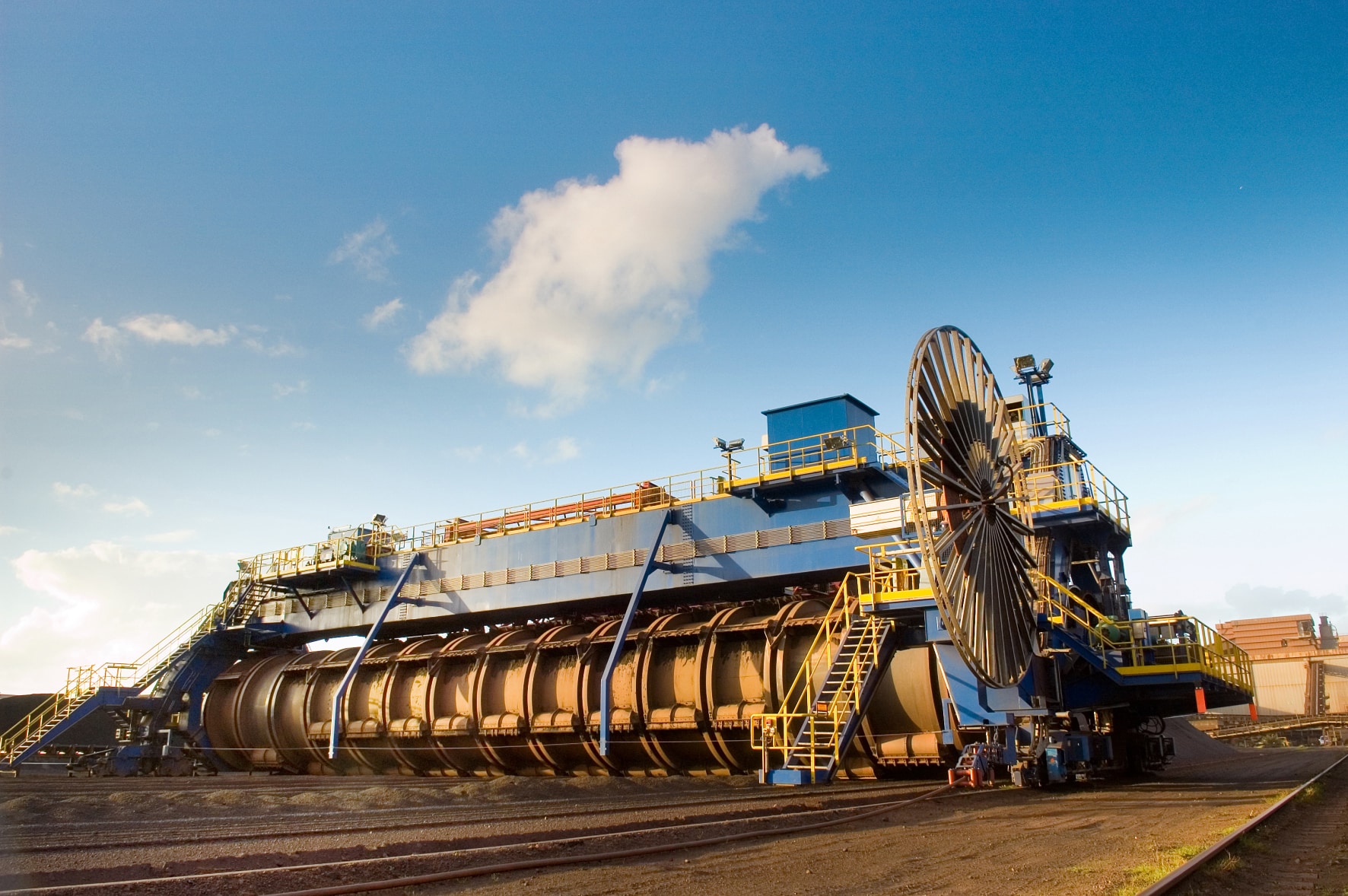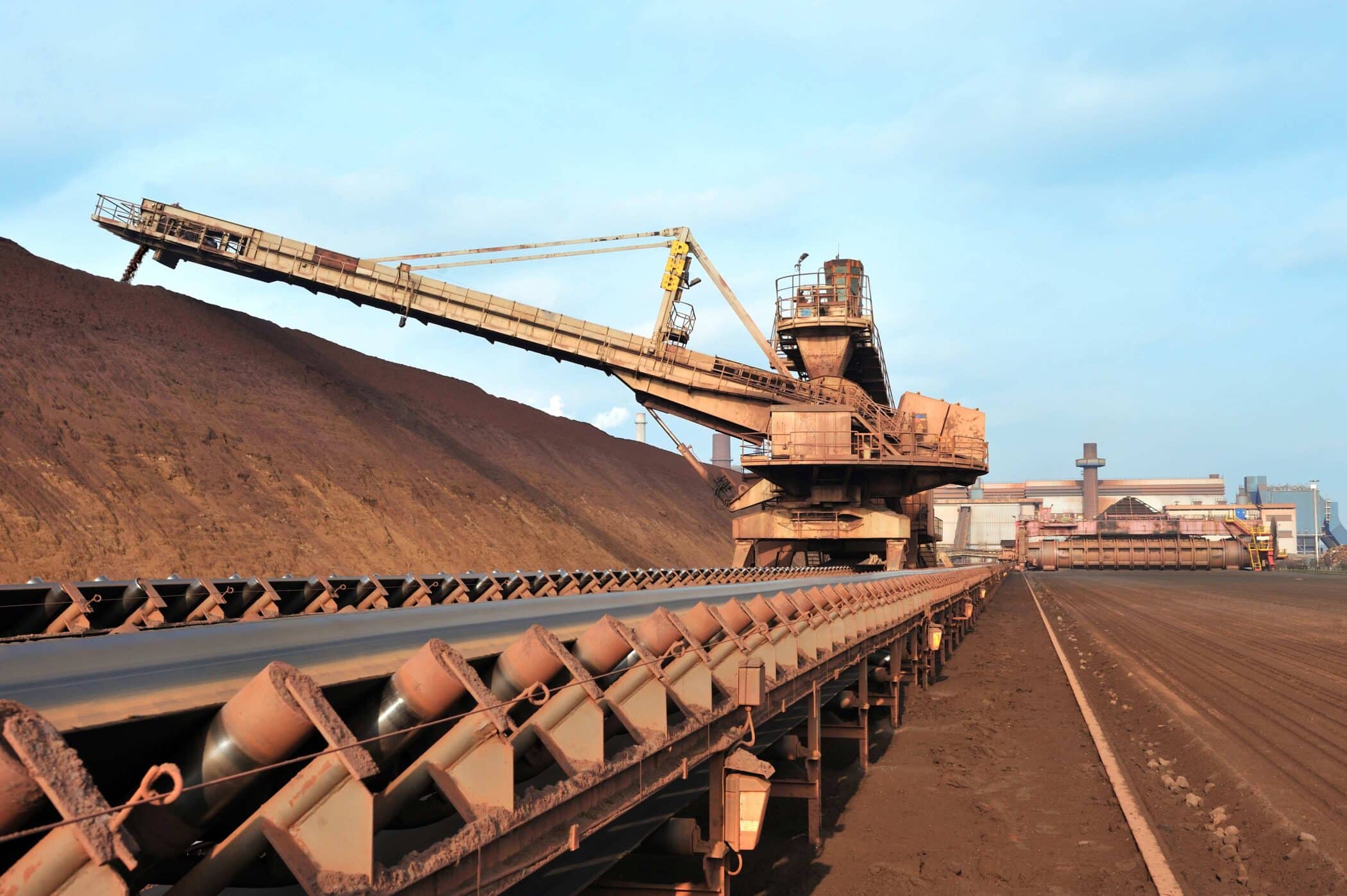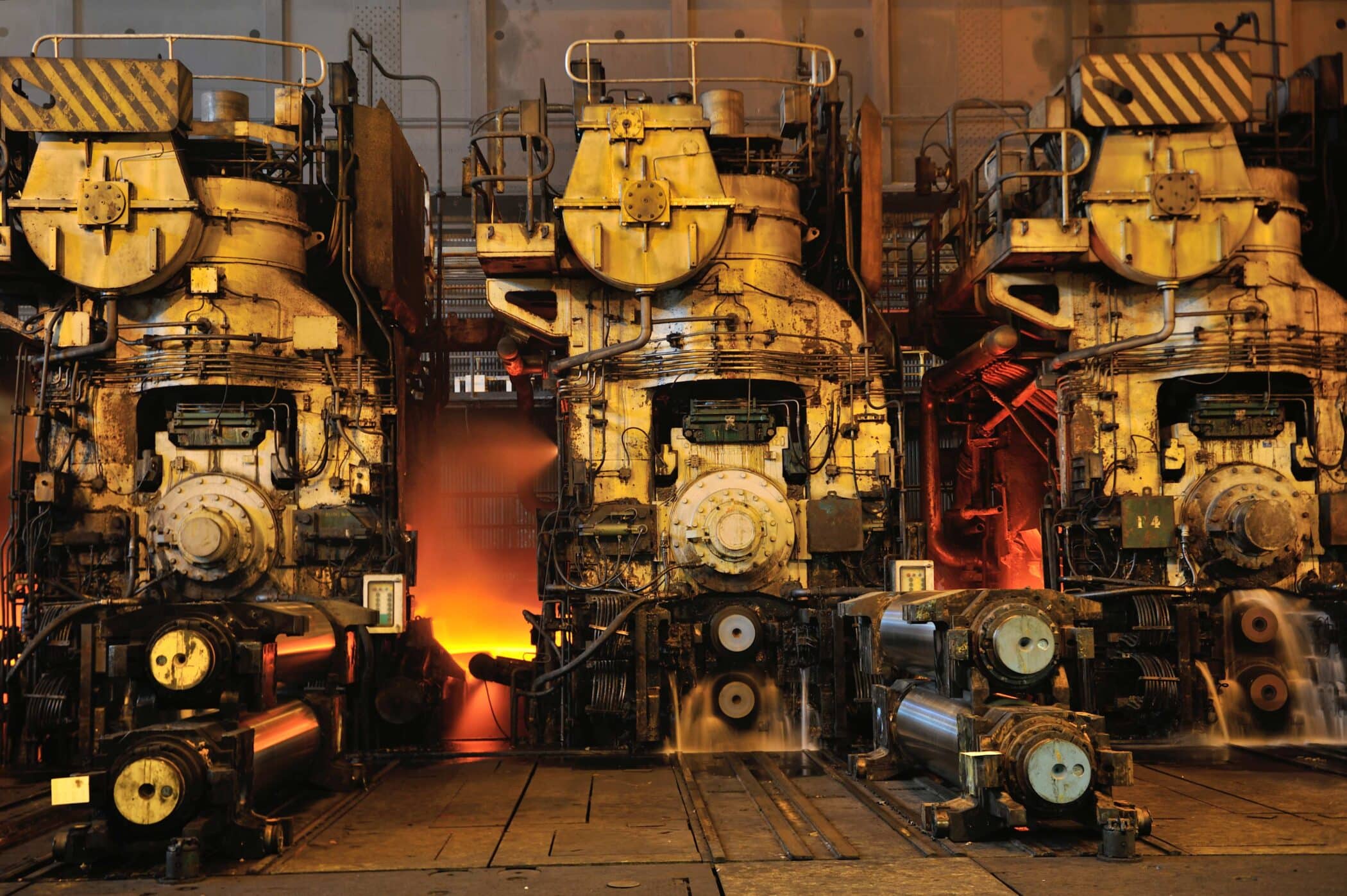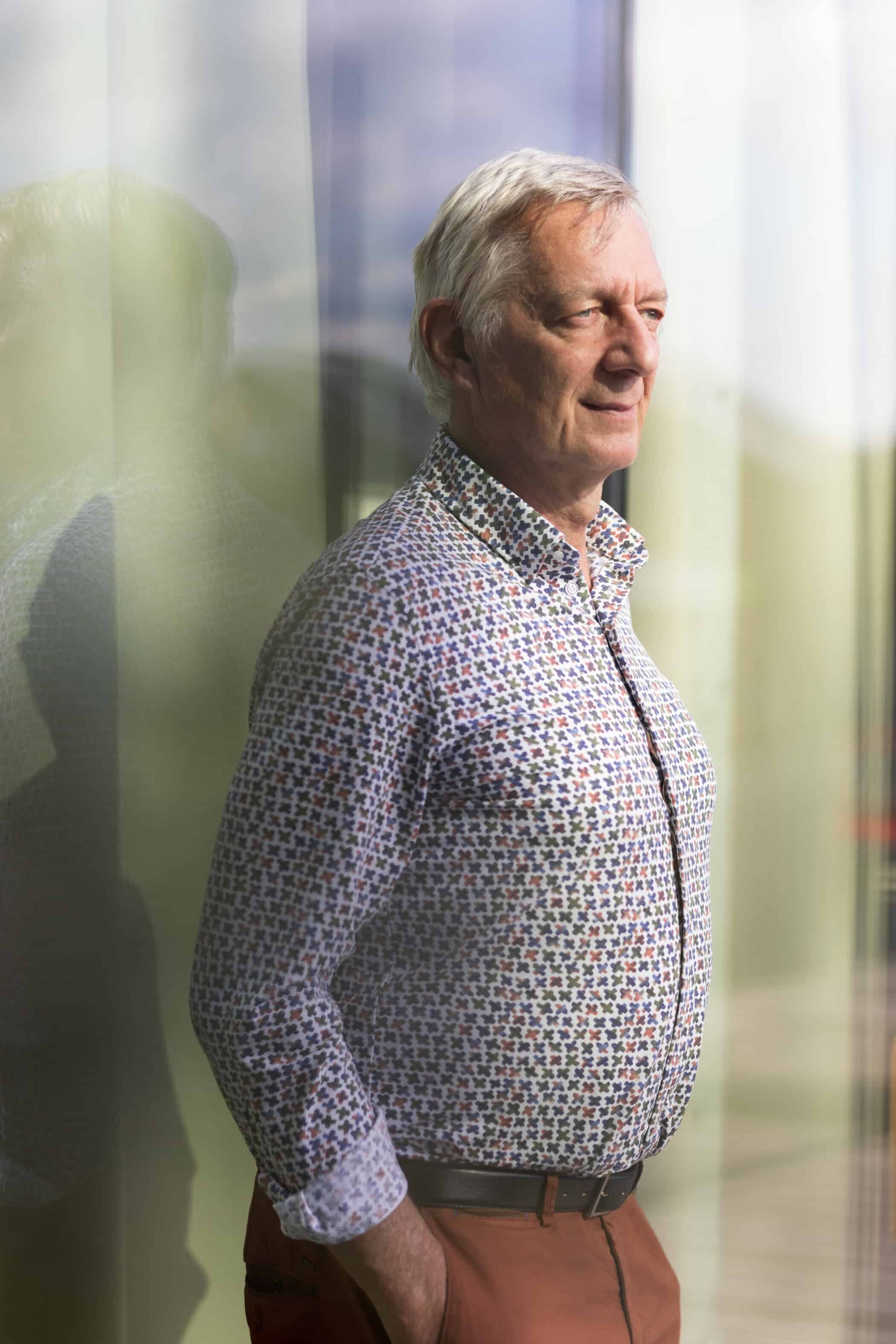Volvo Cars, Ghent
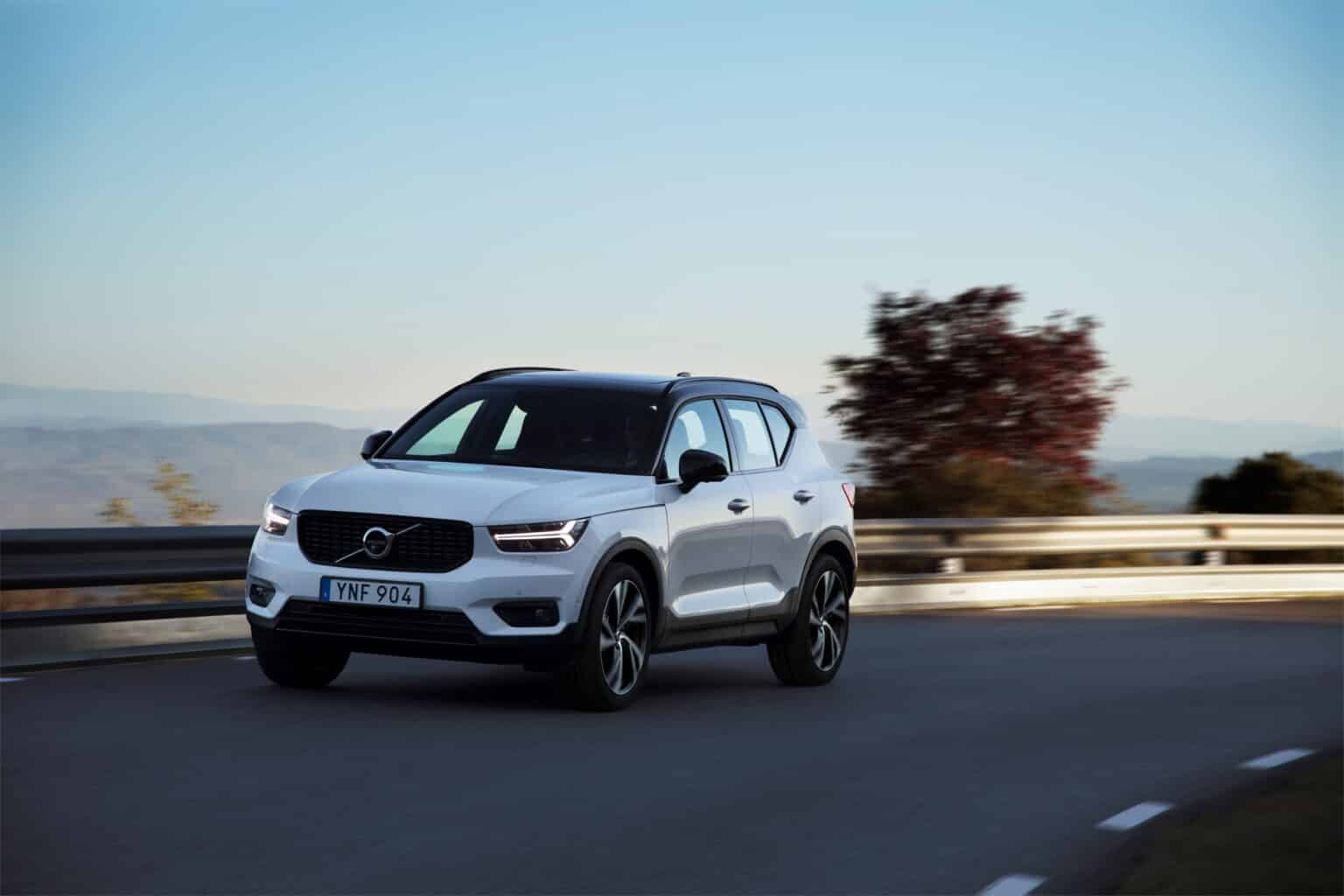
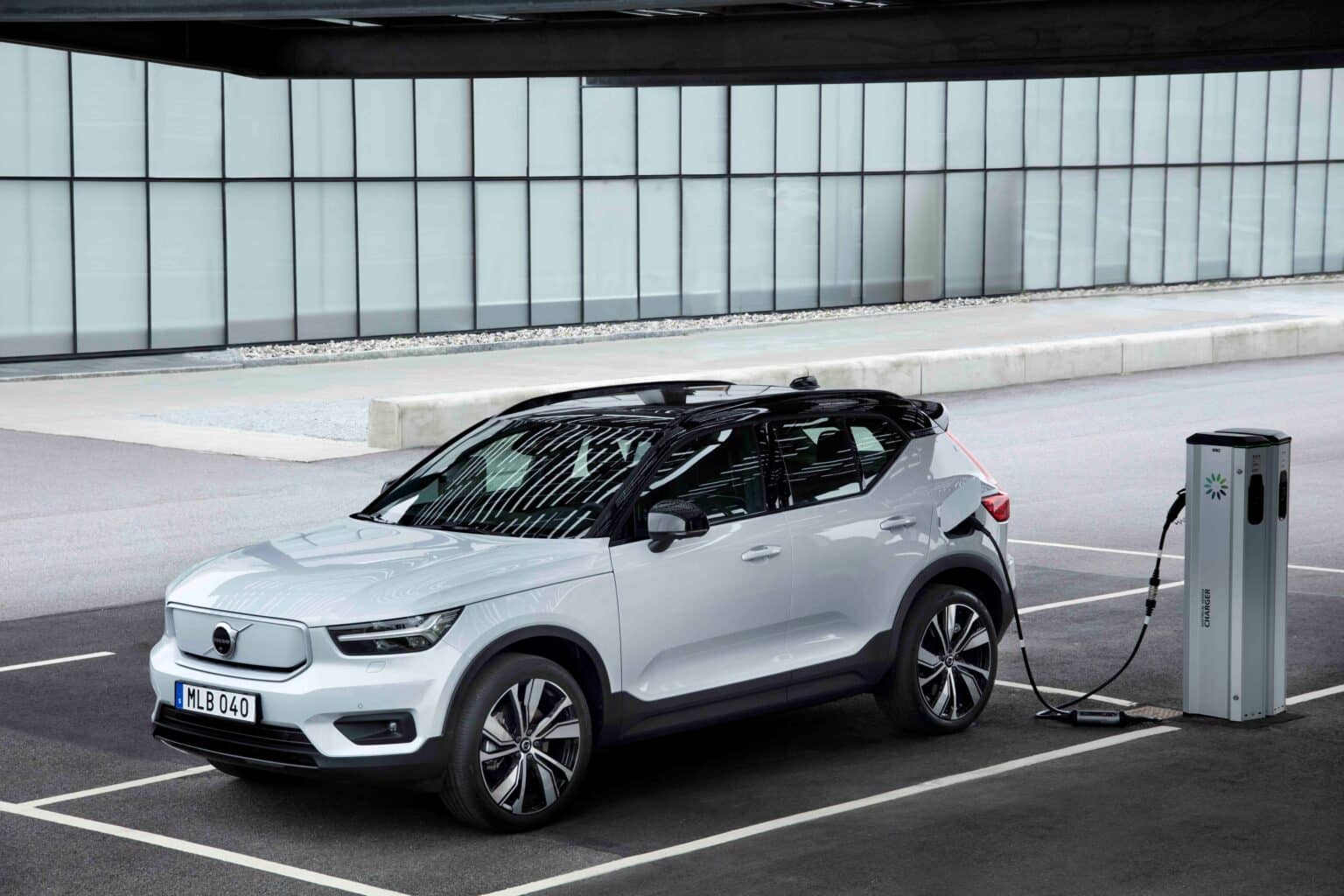
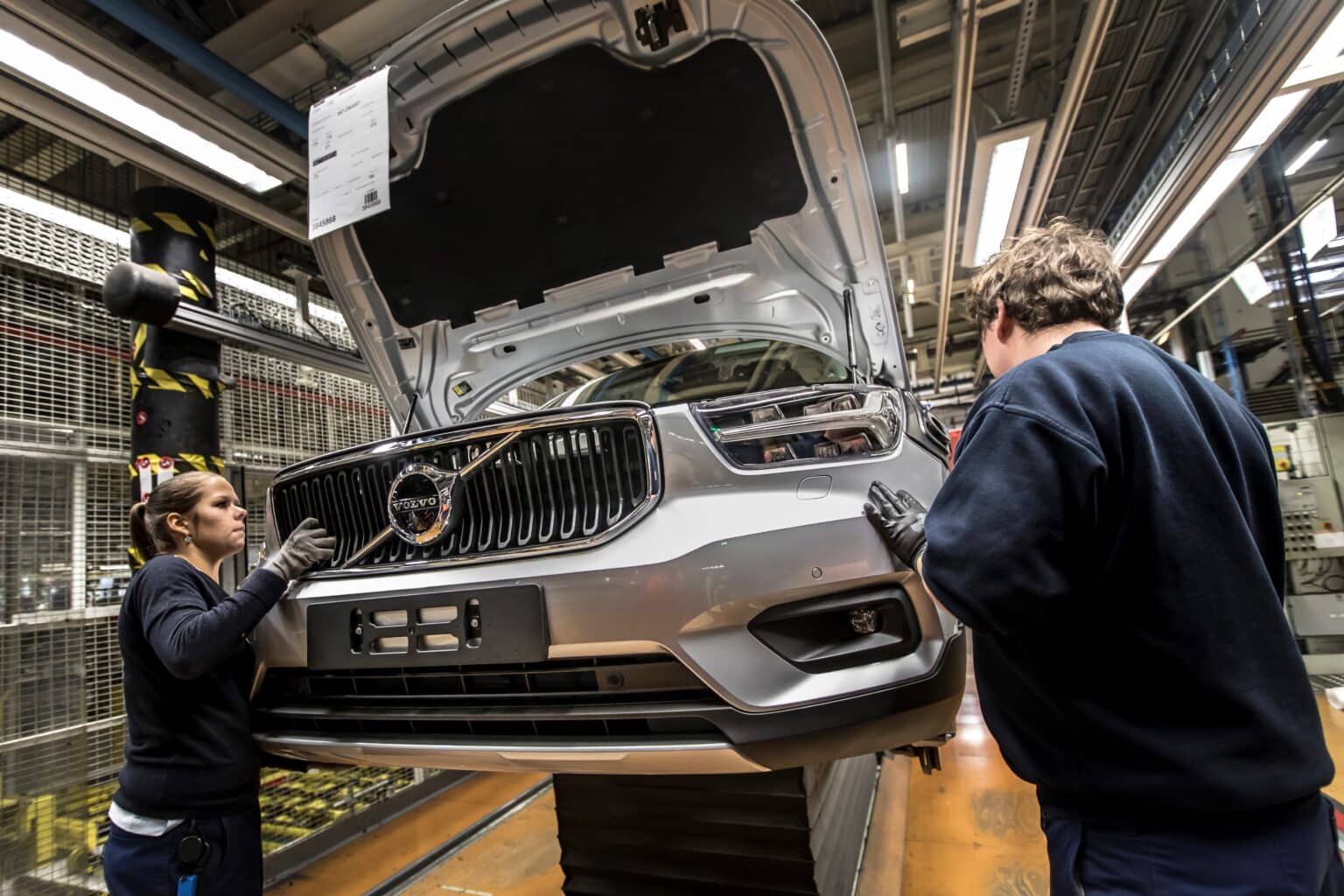
Supporting logistics transformation for the first all-electric Volvo
By 2025, Volvo Cars aims to reduce its carbon footprint per car by 40 percent. So the car manufacturer is fully committed to electric and hybrid. Our team Consultancy services supported the factory in Ghent with the start-up of a new production line for the fully electric XC40 Recharge – the first fully electric Volvo.
Our on-site engineer optimized together with his temporary colleagues from ‘Plant Supply Chain Engineering’ the new flow of goods to the assembly line.
During the intensive preparation period, every step in the supply process was carefully coordinated: the right packaging for each piece, an uninterrupted flow from trailer to the line without intermediate stocks, combined transports by train for different packaging types, and cyclic delivery according to a standard model. Every detail was crucial – the slightest variation would disrupt the process.
Meanwhile, the production of the Volvo XC40 Recharge is running smoothly, and the orders keep coming.
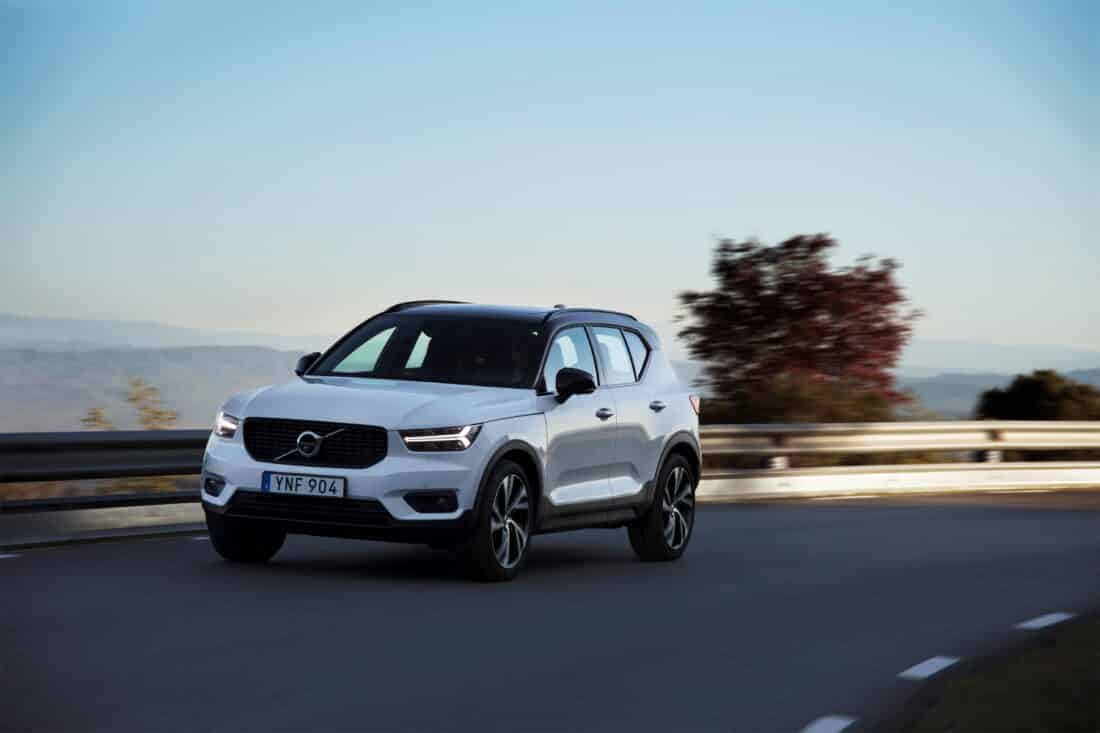
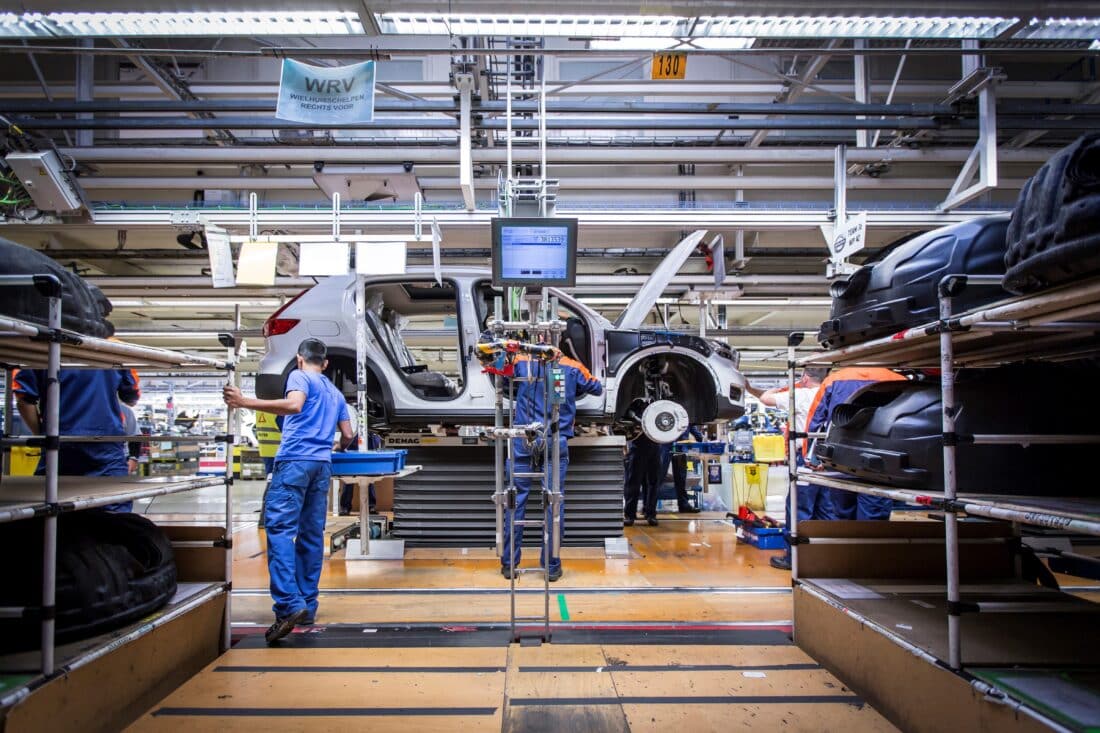
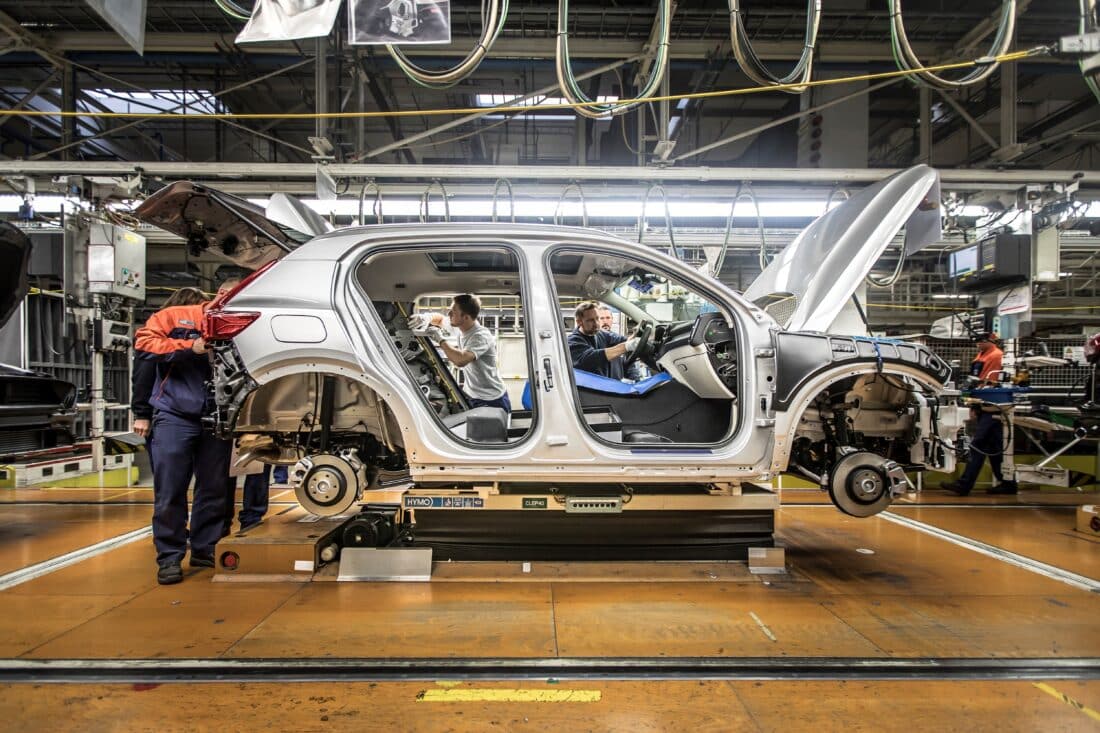
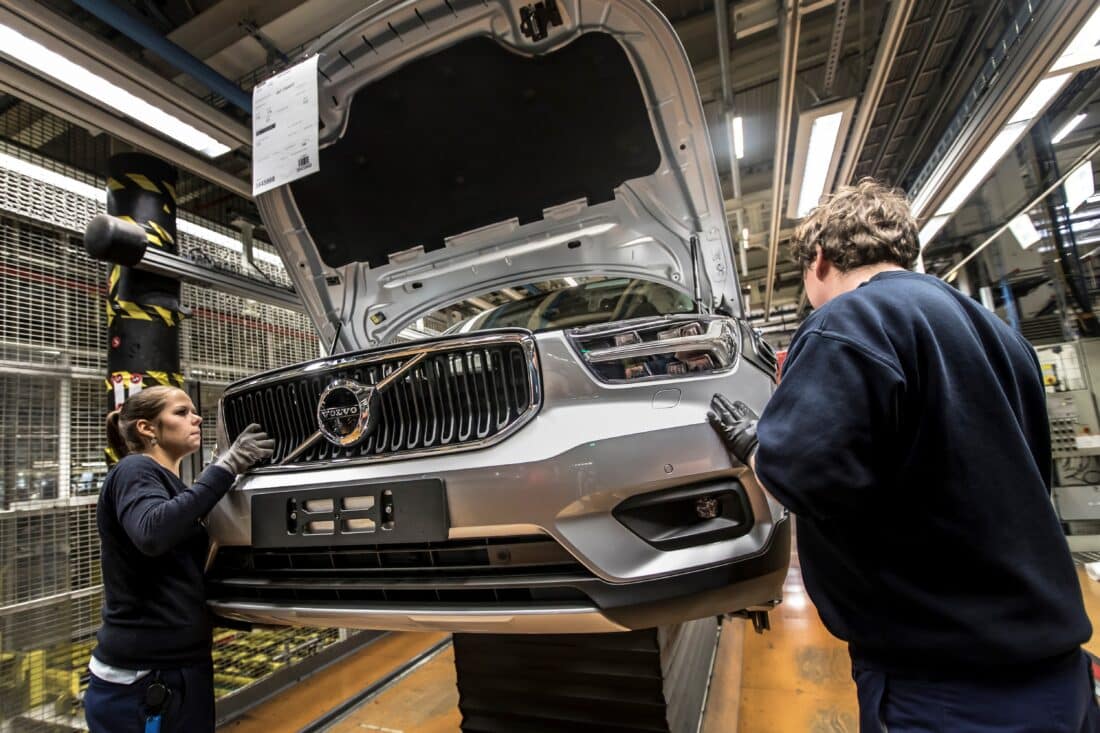
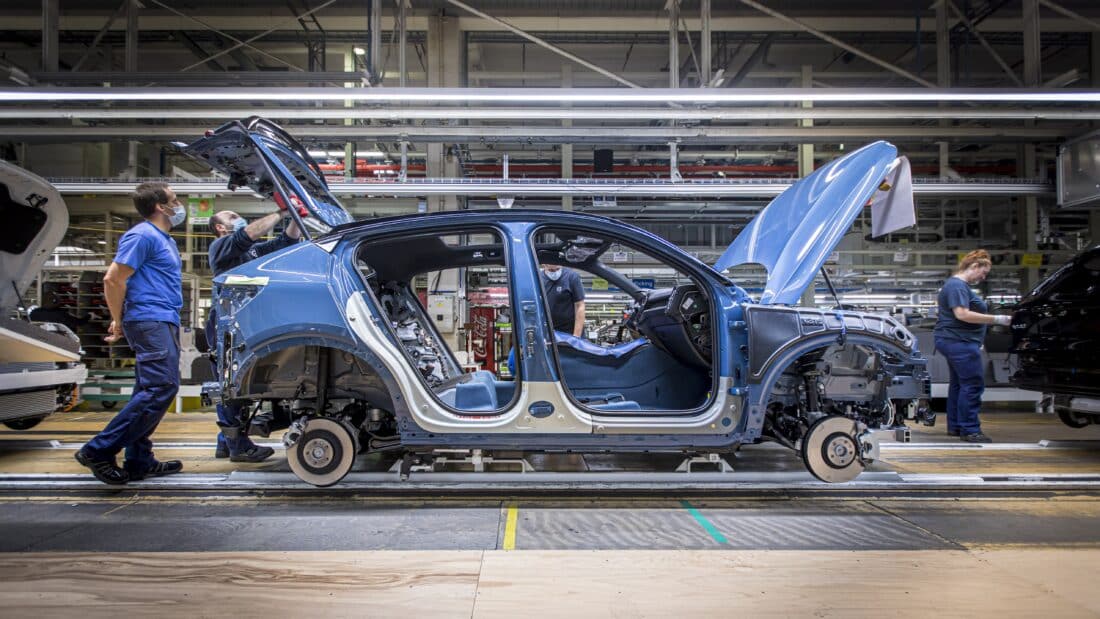
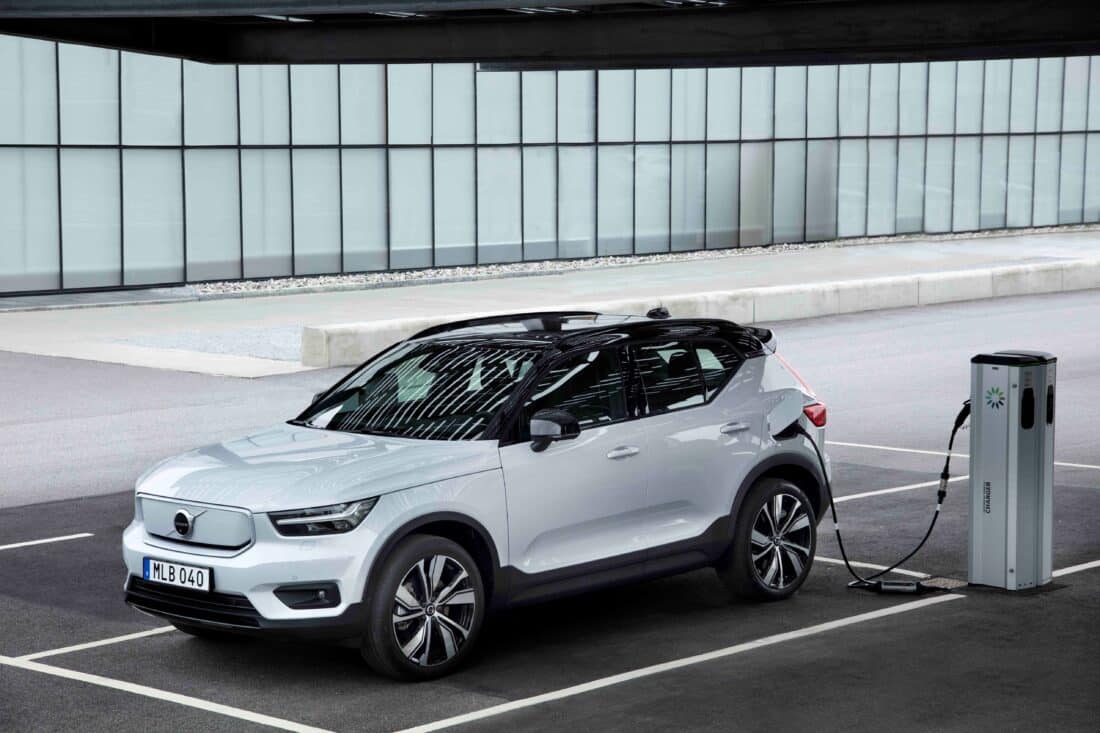
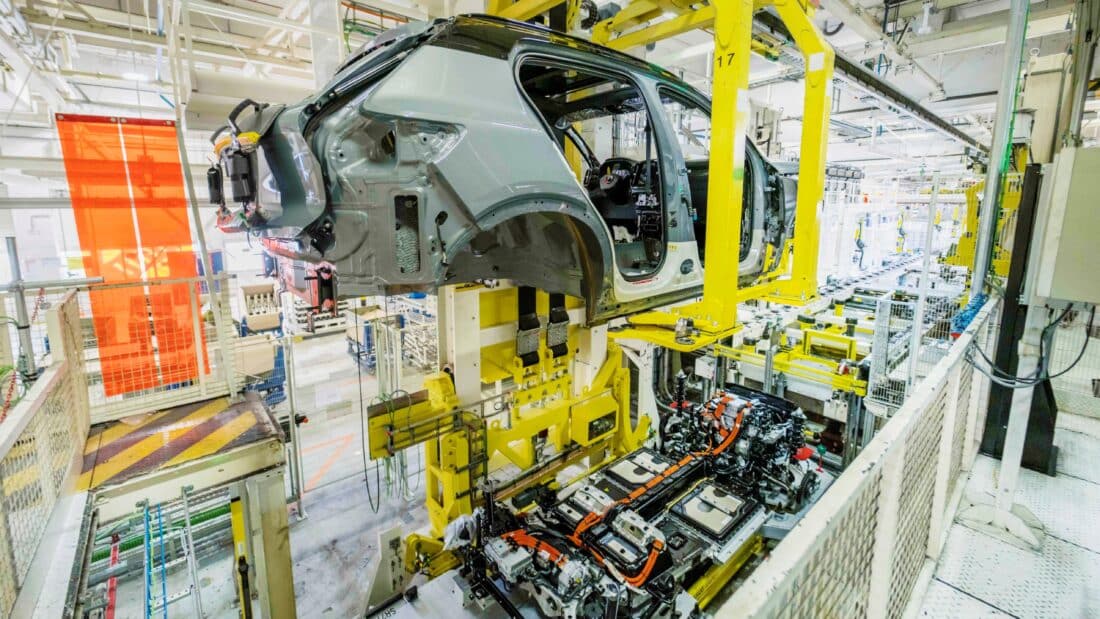
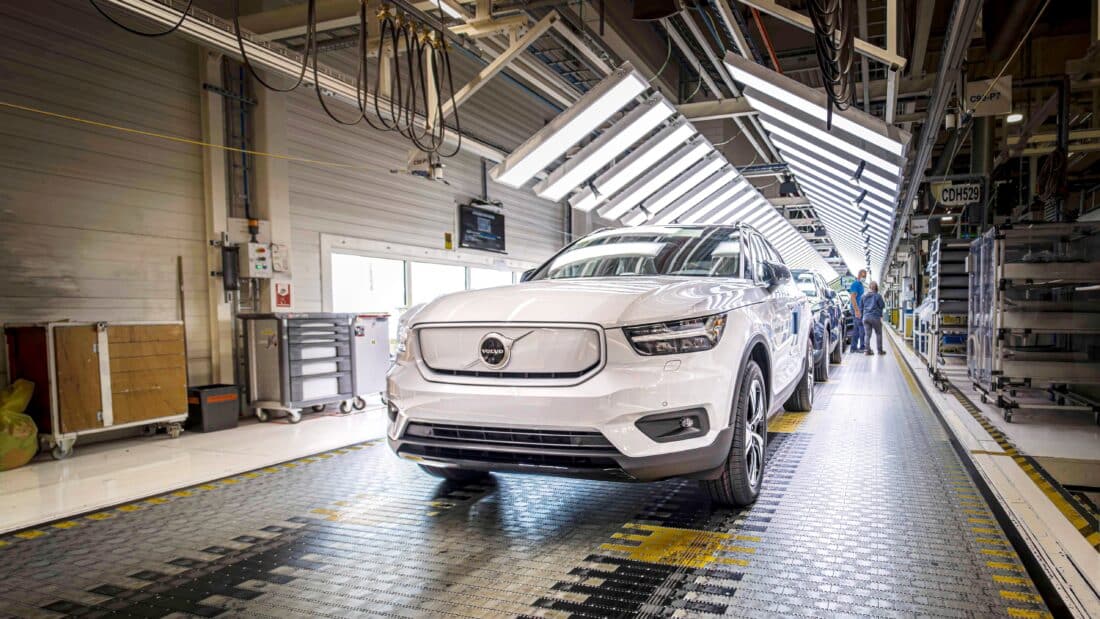

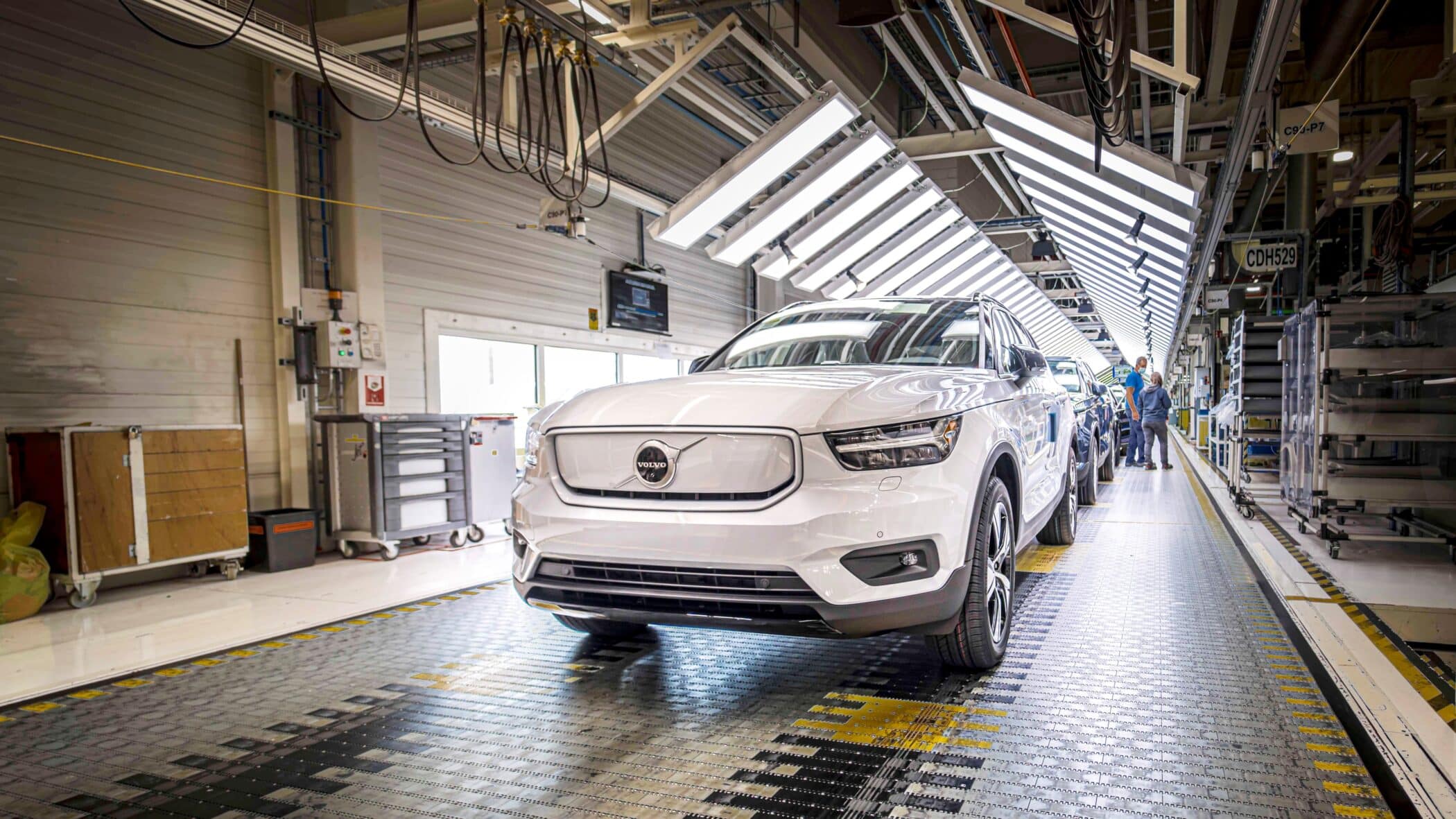
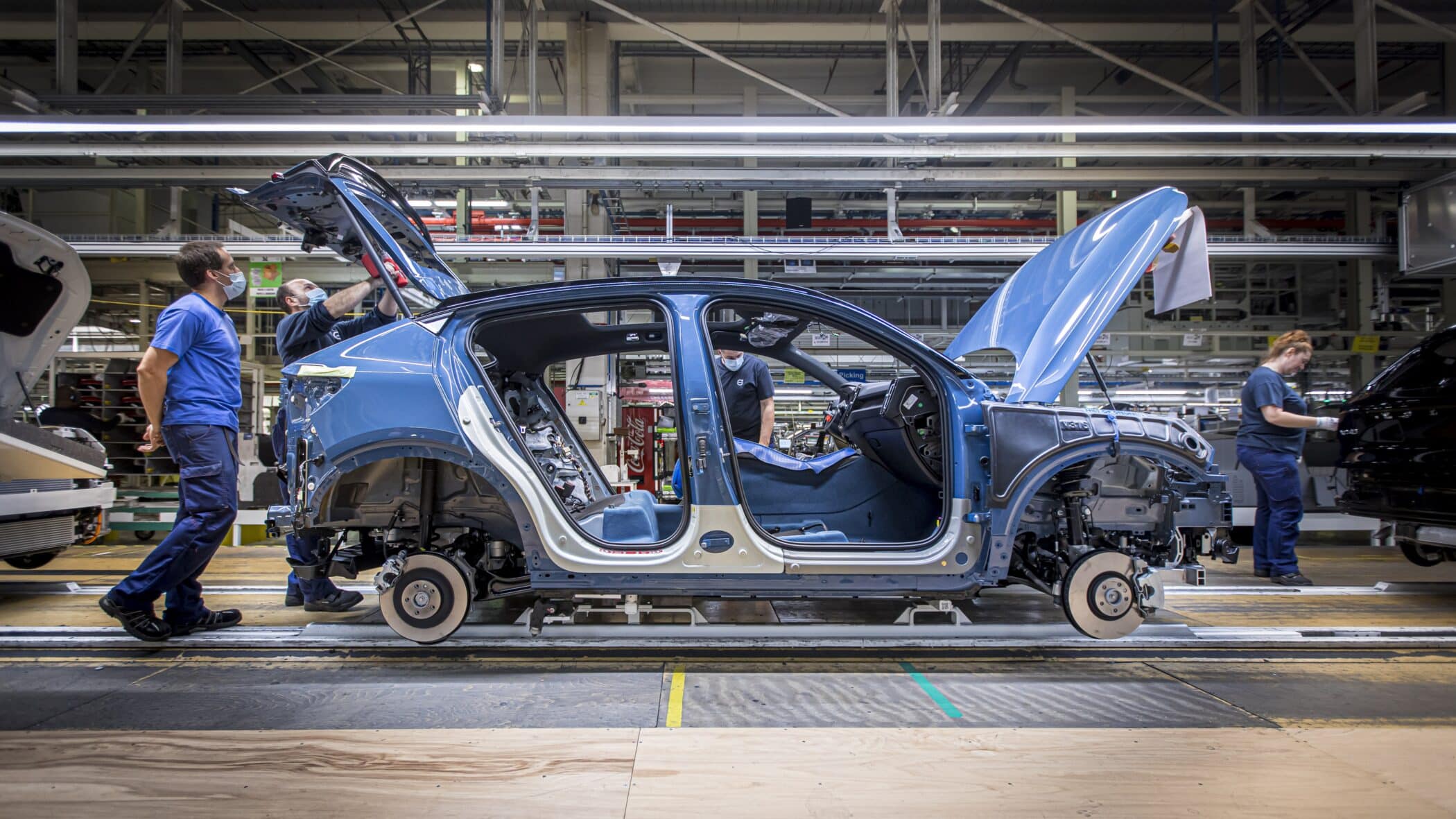
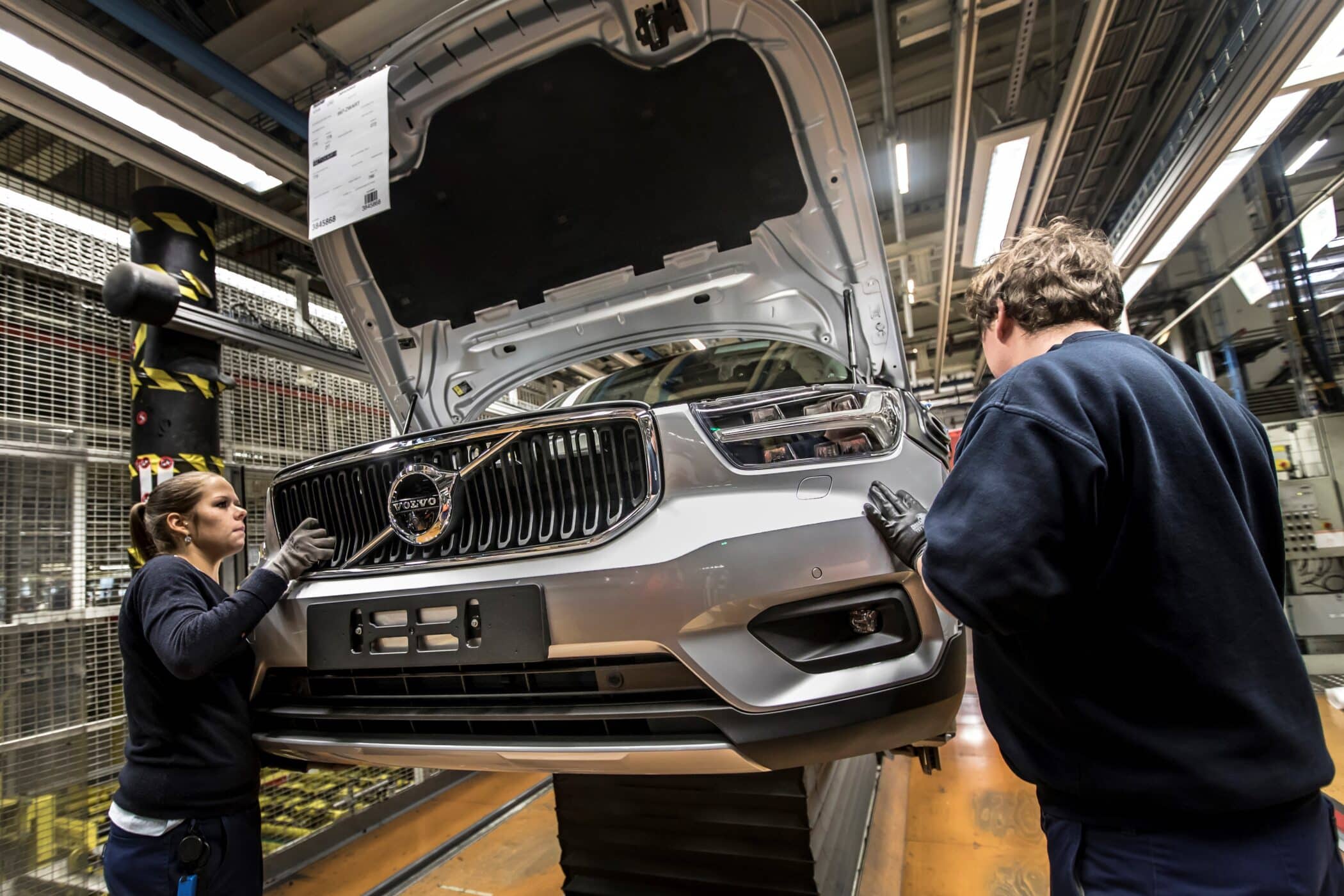
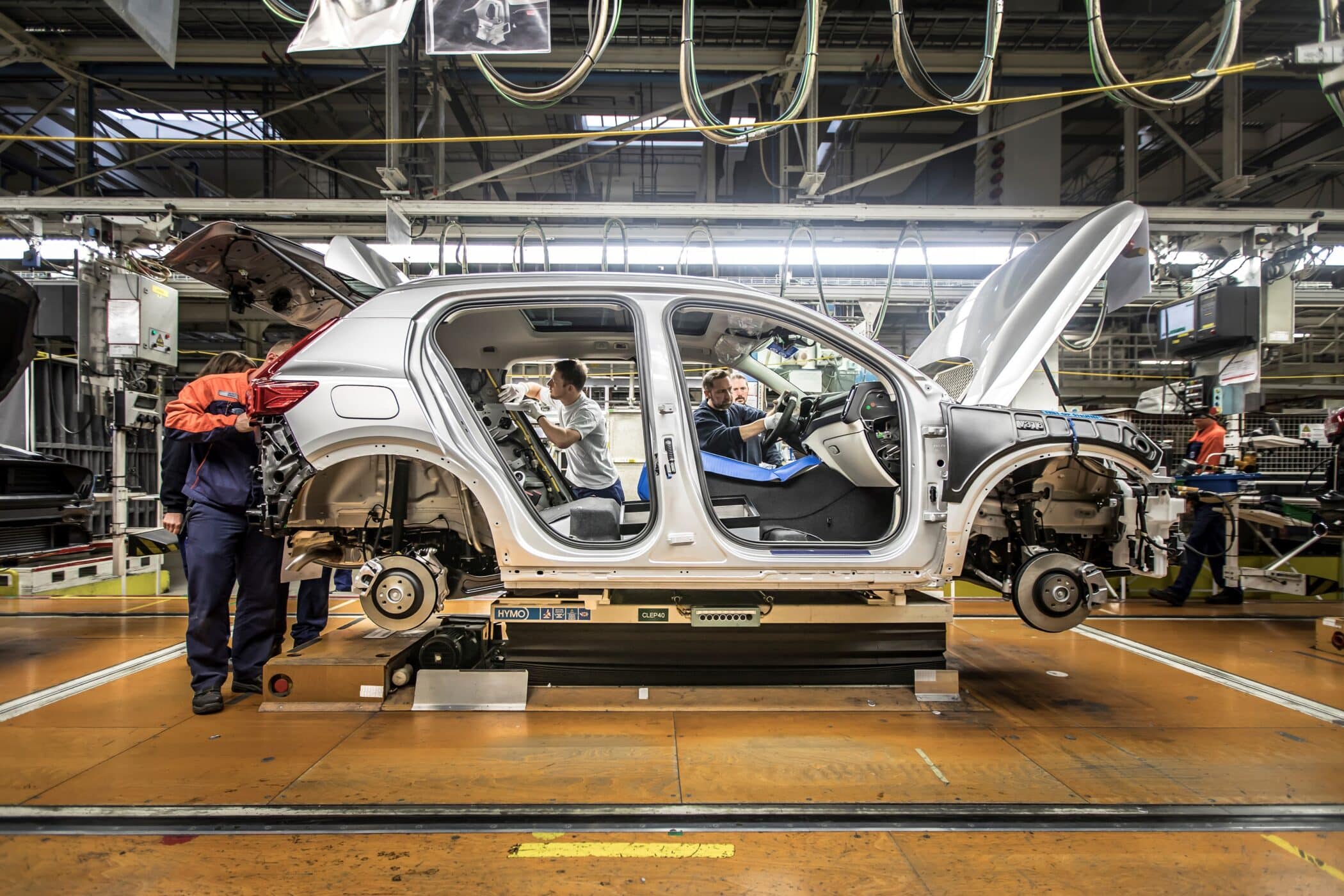
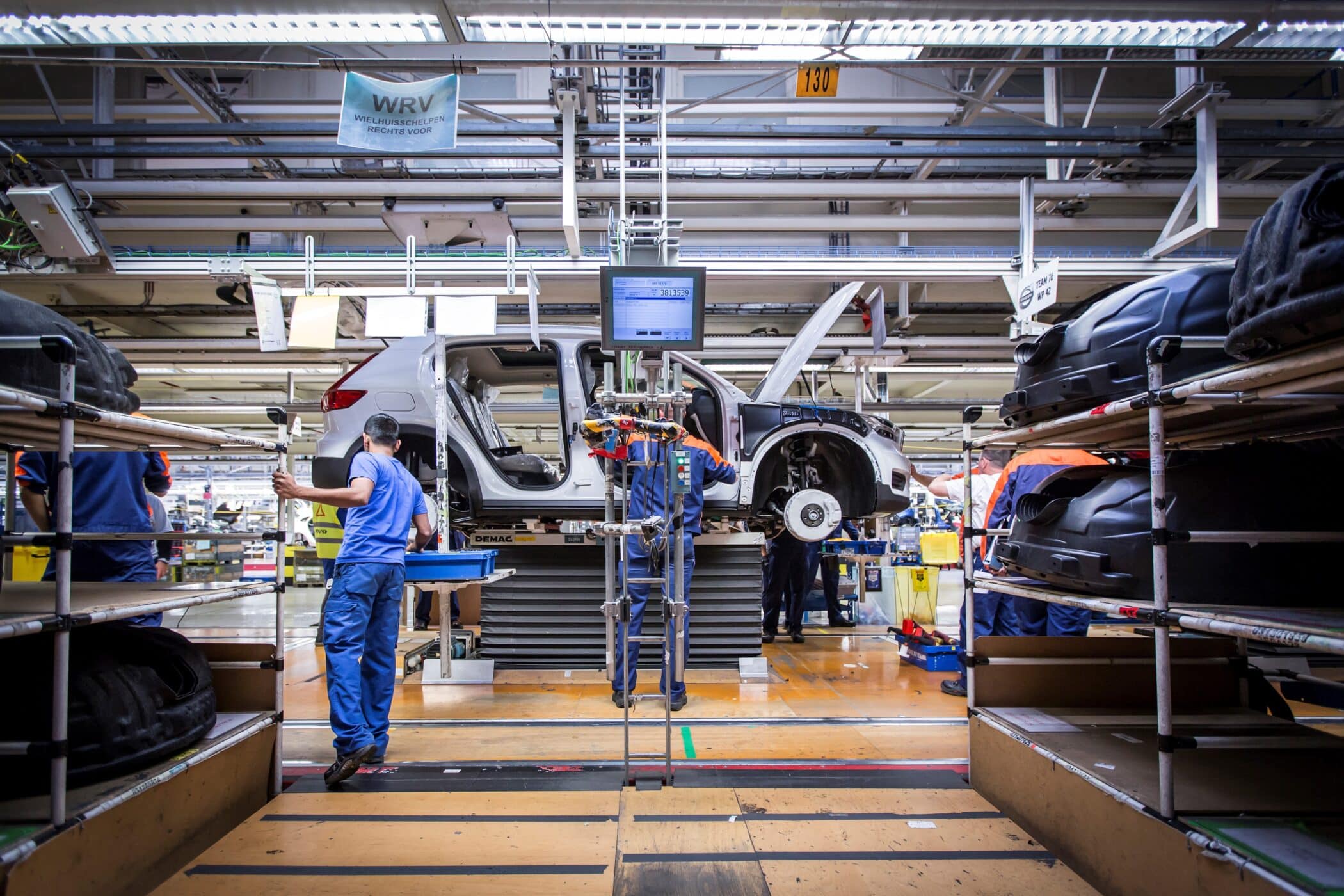
"The alternation between precise and analytical numerical work, workplace communication to implement change and problem-solving thinking keeps my job exciting."
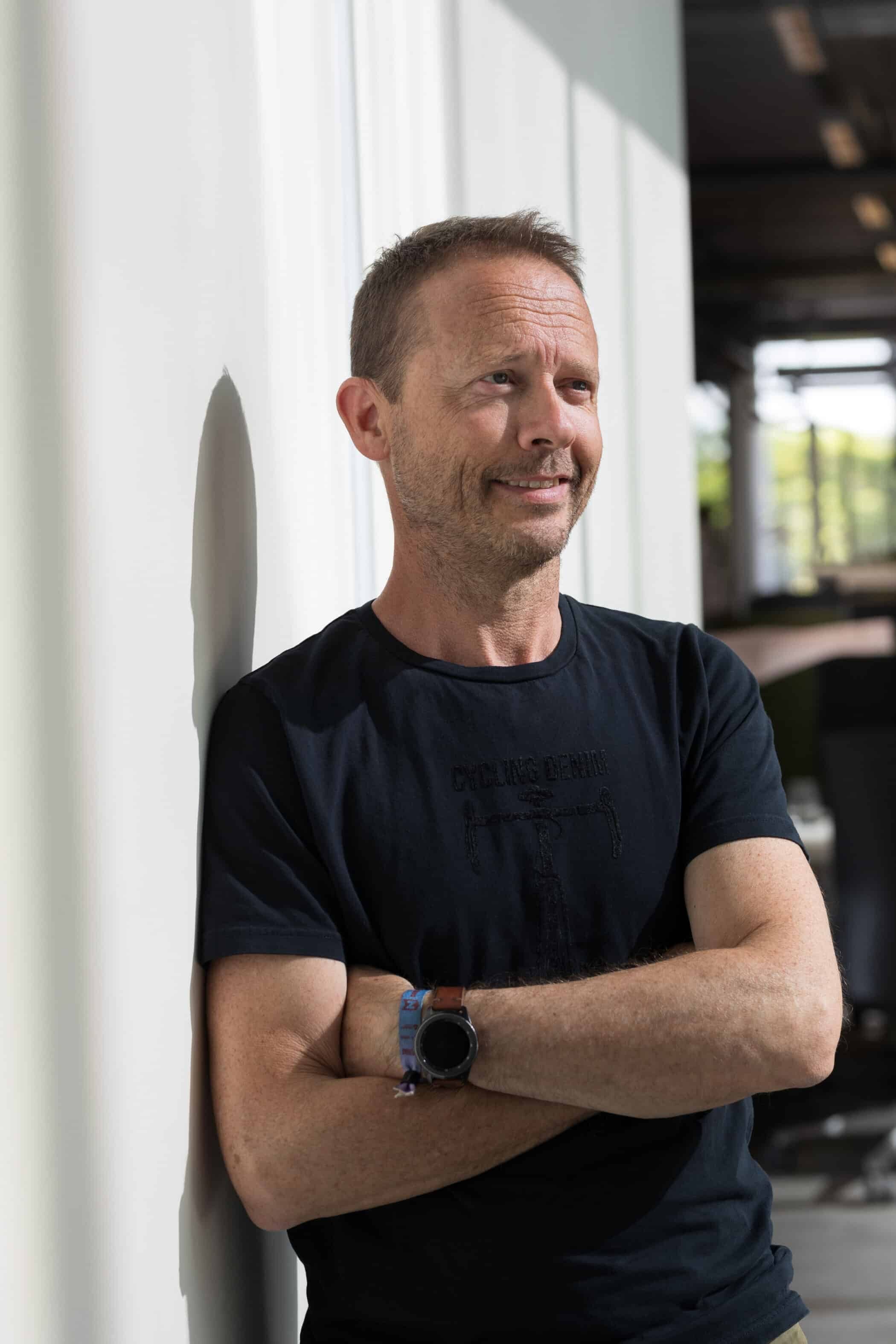
"In a constantly changing environment, the challenges keep coming. The slightest variation can disrupt the entire production process."


